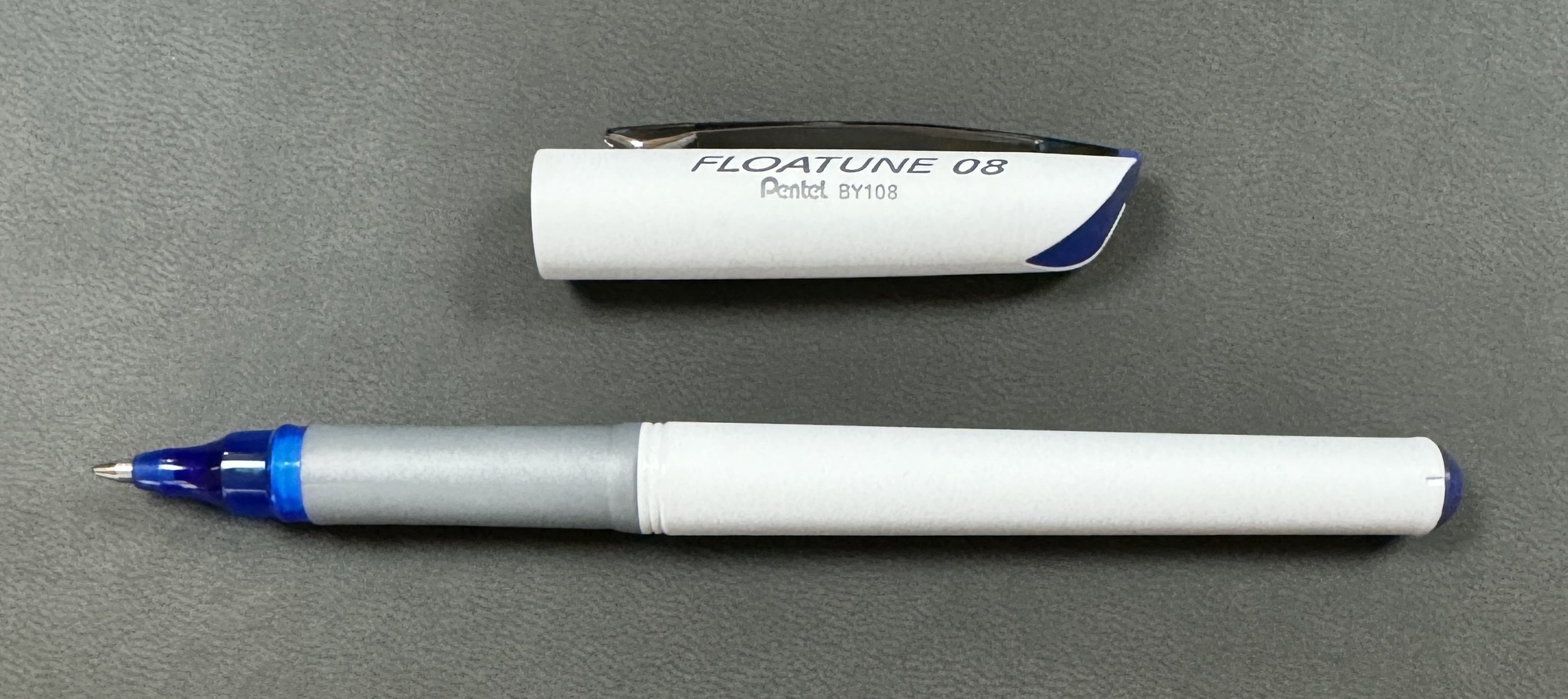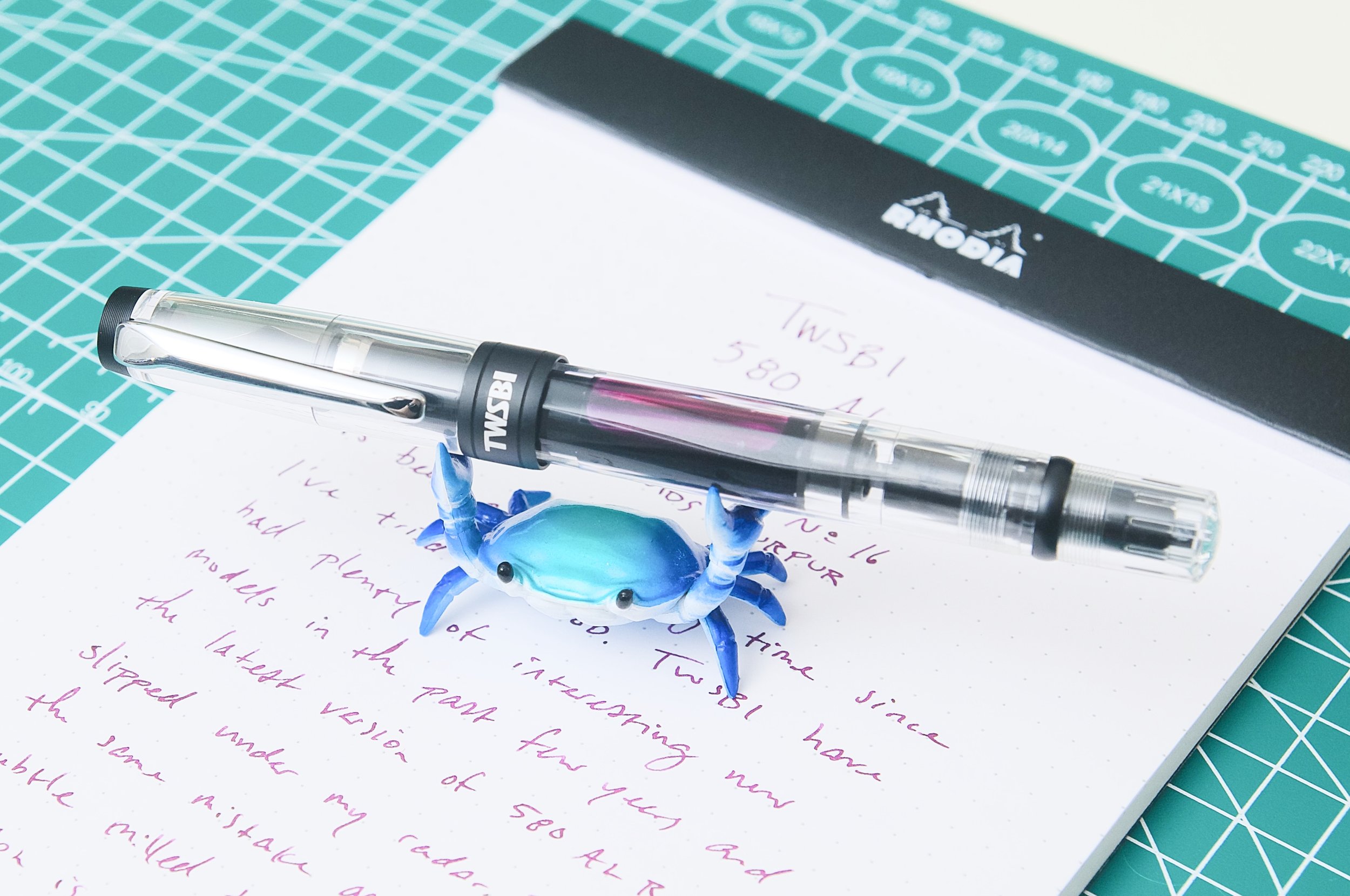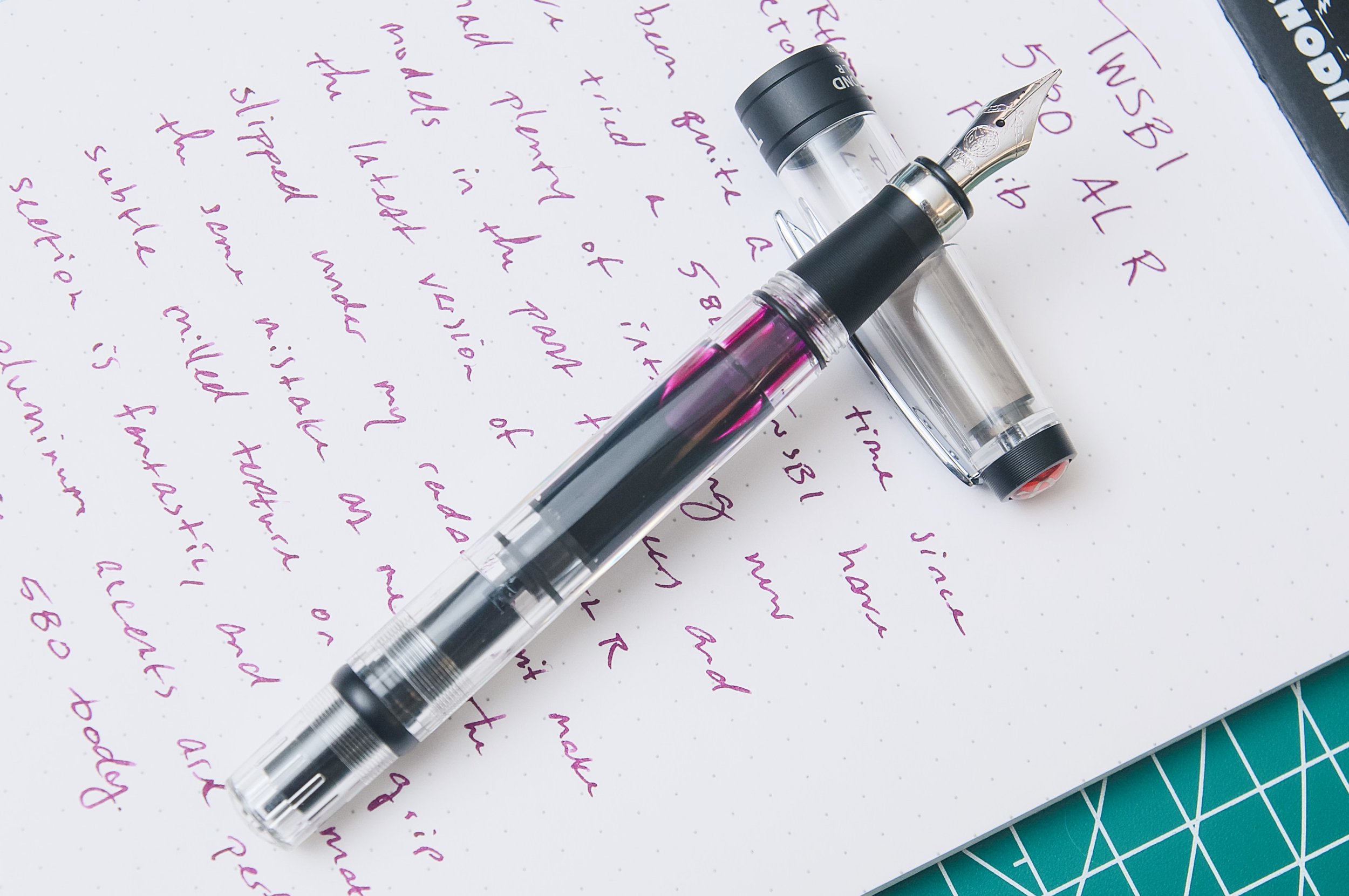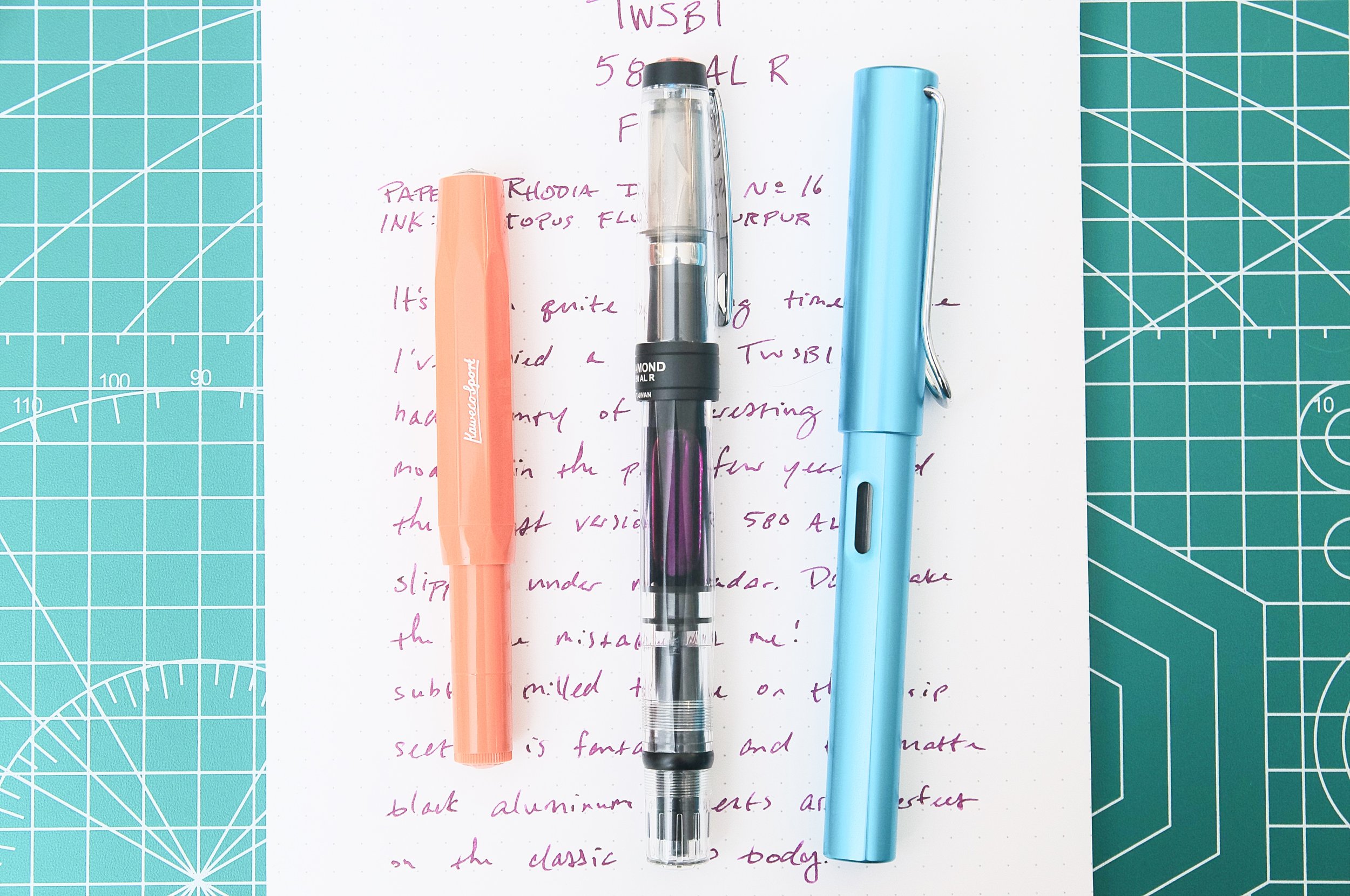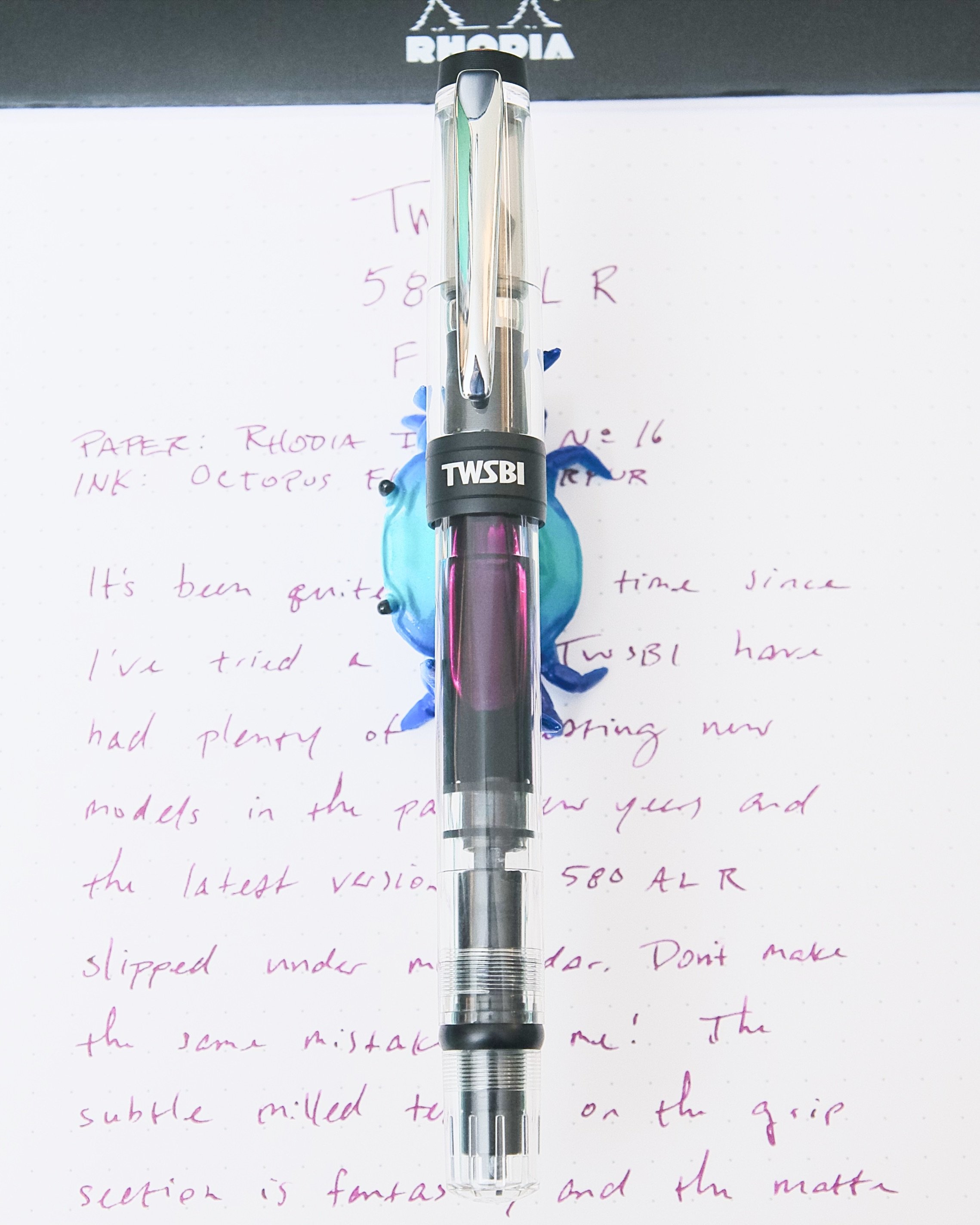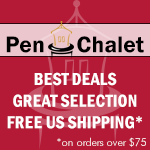The Pentel Floatune is a recent pen release that has found its way on to big box retail store shelves. This category is always of great interest to me because one, they are widely available, and two, I want to know what is different about it. This is not an area where we see many new entrants - or at least new entrants that stick around for years at a time - so what is this pen all about?
For starters, the name. According to Pentel, the Floatune “enables your ideas to float down the stream of imagination.” This is due to the “synergy of a new water based ink infused with an oil-based lubricant and a finely tuned pen tip mechanism provides a smooth, floating-like writing experience.” Staying on theme, Pentel would like you to know that it also “floats across the page without skipping (unlike some pens,)” even on papers that matter most, such as “Greeting Cards, Receipts, Journals.”
Ok Pentel Marketing Department, you earned your keep this month!
Joking aside, this is information I want to see. Tell me what is different about your product, and why I should consider purchasing it. With the Floatune, the idea is that you will get smooth, wide, rich, skip-free lines on the page, and will look good doing it.
The key to Pentel’s marketing is the oil-infused water-based ink, and in my early testing, it is great. The best feature so far is the skip-free aspect of the line. It is solid, almost marker like, and yes, it floats - glides smoothly - across the page. The color is nice, and, oddly enough, feels like one of the most fountain pen adjacent standard inks I have used.
Top to bottom: Pentel Floatune 0.8 mm, Ajoto Pen with Schmidt P8127 0.7 mm, Lamy Safari Extra Fine Nib, Pilot Precise V5 0.5 mm, Uni-ball Vision Ultra MIcro 0.38 mm.
I did some comparisons with other water-based ink pens I use frequently, including my favorite Schmidt P8127 rollerball refill, and the Floatune held its own. By measurements, its 0.8 mm tip size is the widest I used, and I think even that sells it short. It is closer to a 1.0 mm line width on the page, or at least feels like that when writing. I would love to see the Floatune in 0.5 mm, similar to how Uni-ball brought their Vision rollerball all the way down to the Ultra Micro 0.38 mm size.
If the Pentel Sign Pen had a metal tip.
I used the Studio Neat Keepbook for testing because it is an absorbent page. Only the fountain pen ink bled through. The Floatune (top,) showed no feathering or bleeding.
But that’s just me, a proponent of fine lines. The Floatune may not be made for me, but it is a great choice if this is a category of pen you like.
The one hangup I have with the Floatune ties directly back to my friends at the Pentel Marketing department. This pen is made with “62% post-consumer recycled material,” but guess what? It is not refillable. Do not tell me your environmental bonafides when I have to throw away a complete $3 pen once I run out of ink. And you will run out of ink quickly at this level of ink output on the page.
Lines widest to finest.
Good stuff on the back of the page - no issues.
I think the Pentel Floatune is a good pen as long as it fits your needs going into the purchase. Lots of large-sized writing and notes? Perfect. Fine details? Not so much. I bought mine at JetPens, where they are $3 per pen, of $5.75 for a two-pack, in Blue, Black, or Red ink, and in 0.8 mm or 1.0 mm tip sizes.
Time will tell if this will be a new flagship pen for Pentel. My gut says no, especially when they have the comparable - and comparably better - Pentel Energy in their own lineup, but let’s check back in a couple of years and see where the Floatune is.
(JetPens provided this product at no charge to The Pen Addict for review purposes.)
Enjoy reading The Pen Addict? Then consider becoming a member to receive additional weekly content, giveaways, and discounts in The Pen Addict shop. Plus, you support me and the site directly, for which I am very grateful.
Membership starts at just $5/month, with a discounted annual option available. To find out more about membership click here and join us!



